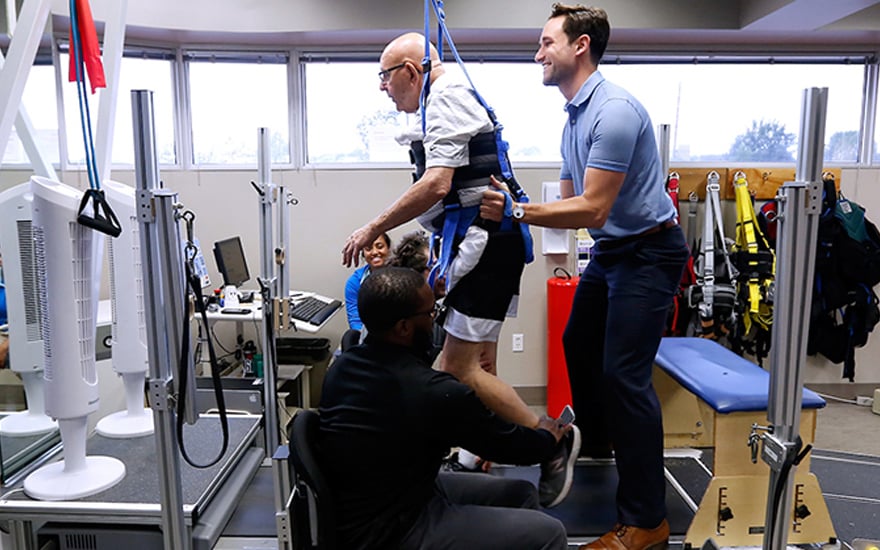
Acute traumas in sports can occur unexpectedly and often lead to serious issues for players. These traumas can range from sprains and strains to breaks and head injuries. To assist reduce these traumas, it is essential to implement focused protective strategies. These strategies focus on education, proper training, equipment use, and overall well-being maintenance. By tackling these important areas, players can significantly reduce their chances of suffering from acute traumas while participating in their favorite sports.
One successful approach to minimizing the risk of injuries is through education. Players, trainers, and guardians should be informed about the common types of traumas associated with particular sports. Comprehending the dynamics of these traumas allows everyone to recognize the indicators and signals early. Informative workshops or seminars can assist teach athletes about correct techniques and the importance of preparing up before matches or training sessions. This understanding empowers athletes to take charge for their well-being and encourages them to express any worries about potential injuries.
Another crucial protective strategy is proper training. Athletes should engage in a comprehensive conditioning program that focuses on developing strength, flexibility, and endurance. Strength conditioning assists build the muscles that support joints, lowering the likelihood of injuries. Flexibility exercises, such as stretching, can improve the scope of motion and reduce the chance of muscle tears. Additionally, players should integrate sport-specific drills that simulate game scenarios, which can assist them become more acquainted with the movements involved in their chosen sport. Trainers play a vital role in designing and executing these conditioning programs to ensure they are secure and efficient.
The use of suitable equipment is also vital in reducing acute injuries in sports. Players should consistently wear the right equipment for their particular sport, including helmets, pads, and proper footwear. For instance, football players need helmets to shield against head injuries, while soccer players require shin guards to protect their legs from collision. It is crucial that equipment fits correctly and is maintained regularly to ensure it provides the necessary safeguarding. Coaches and guardians should motivate players to take the effort to select and use the appropriate equipment to reduce their risk of trauma.
In addition education, training, and gear, maintaining overall health is essential for injury avoidance. Athletes should emphasize adequate nutrition, hydration, and rest to keep their bodies in top condition. A nutritious diet rich in vitamins and minerals aids support muscle recovery and overall athletic performance. Staying hydrated is also crucial, as dehydration can lead to fatigue and heighten the risk of injuries. Lastly, achieving enough rest is vital for recovery and upholding focus during Go Here practices and matches. By promoting good health habits, players can enhance their performance and reduce their risk of suffering from acute traumas.
In summary, reducing the risk of acute injuries in sports requires a multifaceted approach that includes education, proper training, appropriate equipment, and overall well-being maintenance. By focusing on these targeted preventive strategies, athletes can better protect themselves from the dangers of injuries. Coaches, parents, and athletes all have important roles to play in creating a secure athletics environment. By cooperating together and emphasizing protection, the pleasure of sports can persist without the disruption of painful traumas.